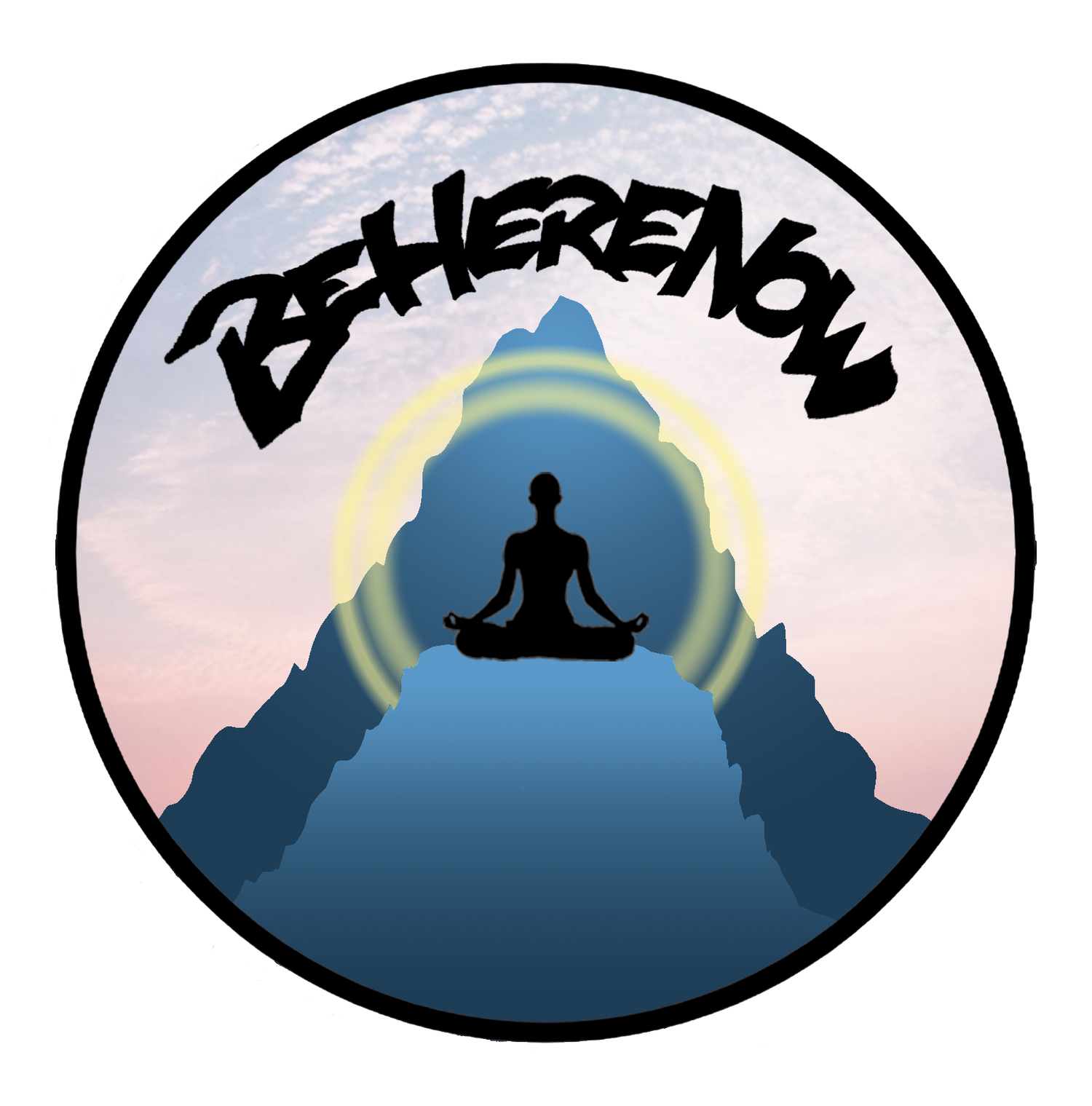Exercises To Calm Your Anxiety
Anxiety: A misunderstood visitor
What is anxiety? Anxiety is the body’s natural response to a threat or perceived threat in the environment. As mammals, our bodies tend to perceive a threat and have a response before sending the signal to the brain that something is amiss. When this occurs, we have a physiological response via the sympathetic nervous system with a variety of symptoms including an increase in heart rate, blood pressure and breathing, sweating, slowed digestive organs, and overall hyper-vigilance. It tells our bodies to get up and get us moving or to mobilize. Animals experience these responses on a daily basis in the wild and it is a normal and necessary physiological engagement of the autonomic nervous system to keep us safe.
Problems arise when the body does not return to its natural state by activating the parasympathetic nervous system to ‘rest and digest’ and stabilize, which gets us stuck in a trauma response. It’s the body’s way of letting us know that we have not been able to process that initial threat and shake it off once the threat is no longer present, but anxiety is misunderstood in that it is seen as an enemy or something we want to quickly eliminate.
The goal would be to come back into connection with our bodies and reorient in the here and now; to listen to our bodies, process the emotions present, and allow them to move through us without judgement. These practices can be done on a daily basis, several times a day, to begin to train the nervous system how to regulate in a more adaptive way before an anxiety attack occurs.
One exercise to bring the body back to a regulated state is to orient with external sense experiences. Sit in a comfortable position, feet on the floor, eyes closed, spine straight, rooted in your chair. What are 3 things you are noticing in your sense perceptions in your external environment? Then, bring the awareness internally. What are some things you notice in your body? Are you holding tension anywhere? Is your stomach contracted? Jaw clenched? Notice the breath. Just notice without judgement or trying to change anything yet. Then go back to what you notice (smell, hear, feel) in the external environment. Now, begin to bring awareness to your breath and allow the breath to breathe you, rather than trying to control the breath.
Next, check in with the emotions present. Is fear present? Sadness? Anger? Which emotions are here with you? Remember, you are not the emotion; emotions are present here with you. Now notice where each emotion is stored in the body. Once you’ve taken inventory of the emotions here with you, take a moment to ask each emotion why it is here. ‘Anger is here because [blank]. Once you’ve completed this step, allow each emotion to begin to move out of the stored area of the body.
Now, take a moment to think of someone you love or that loves you, whether it’s a pet, parent, child, or close friend. Imagine they are here sitting in front of you and begin to feel the love in your chest area as if it is the warmth of the sun on your skin. Allow that feeling to grow with each breath into your abdomen, neck, down into the limbs and through the feet and toes. With each breath continue to grow this feeling until your entire body is experiencing it. If you’d like, you can even imagine you and your loved one in a place of your choosing that brings you peace such as the beach, or the mountains, or a room full of puppies! When you feel you’ve completed the exercise, take a moment to open your eyes and slowly look back and forth around the room, allowing the eyes to look where they want to look. Notice how your body feels in this moment.
In taking time to pay attention to the body, bring awareness to our emotions, and reorient in our environment on a consistent basis, we are learning how to reconnect to our present moment experiences and lower the threat response. We also learn to slow down and allow emotions to be felt and processed to completion, and that there are no ‘bad’ or unwanted emotions or body experiences, even when they are unpleasant.

